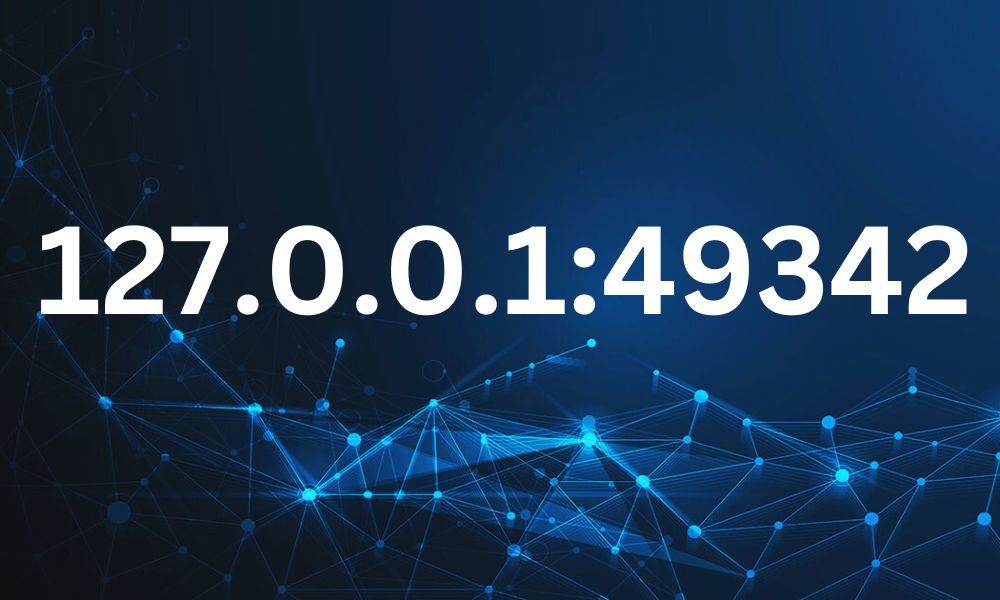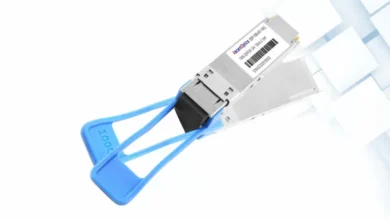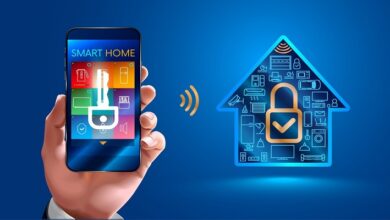Hey there, tech enthusiasts and curious minds! Have you ever stumbled upon the cryptic combination of numbers and colons known as 127.0.0.1:49342 and wondered what it’s all about? If your curiosity has led you here, buckle up because we’re about to embark on a journey into the heart of your computer’s local host. This blog post is your ultimate guide to understanding the ins and outs of 127.0.0.1:49342, and by the end, you’ll be surprised at how much there is to learn about this seemingly simple address.
Understanding Localhost:
First things first, let’s break down the components of 127.0.0.1:49342. The first part, 127.0.0.1, is known as the loopback address or localhost. It’s a special IP address that your computer uses to refer to itself. When your computer accesses 127.0.0.1, it’s essentially looking in the mirror, talking to itself. This is incredibly useful for developers and network administrators as it allows them to test and run applications on their machines without exposing them to the internet.
The second part, 49342, is a port number. Ports are like virtual doors in your computer, each one leading to a different service or application. The number 49342 is just an example; port numbers can range from 0 to 65535. Each port can be used by a different application to communicate over the network.
Why 127.0.0.1:49342 Matters:
That may be asking yourself, “Why should I care about 127.0.0.1:49342?” at this point. It matters, my friend, since it’s a foundational idea in software development and networking. Understanding localhost and port numbers can help you troubleshoot network issues, run servers on your machine, and even secure your applications. Plus, it’s just plain cool to know how your computer talks to itself!
The Role of Ports:
Let’s talk a bit more about ports. Imagine you’re throwing a party at your house, and you want to keep different groups of friends in separate rooms. Ports are like those rooms. Each room (port) can have a different activity (service) going on, and your guests (data) know exactly where to go for what they’re interested in. Port 80 might be the living room for your web server, while port 22 could be the study for SSH access.
Common Ports and Their Uses:
- Port 80: HTTP traffic (unencrypted web browsing)
- Port 443: HTTPS traffic (encrypted web browsing)
- Port 22: SSH (secure remote login)
- Port 25: SMTP (sending emails)
- Port 587: SMTP (sending emails over TLS/SSL)
- Port 110: POP3 (receiving emails)
- Port 995: POP3S (receiving emails over SSL/TLS)
- Port 143: IMAP (receiving emails)
- Port 993: IMAPS (receiving emails over SSL/TLS)
How to Access 127.0.0.1:49342:
Accessing 127.0.0.1:49342 is as simple as typing it into your web browser’s address bar. However, for this to work, you need to have a service running on your computer that’s listening on port 49342. If you’re a developer, this could be a local development server. If you’re just browsing, you might not have anything running on that port, and you’ll get a “connection refused” error.
Troubleshooting Tips:
If you’re trying to access a service on 127.0.0.1:49342 and it’s not working, here are a few things to check:
- Make sure the service is running.
- Check that the service is configured to use port 49342.
- Ensure your firewall isn’t blocking the port.
- Verify that no other application is already using that port.
Security Considerations:
While 127.0.0.1:49342 is generally safe because it’s local to your machine, it’s not entirely risk-free. Malware can exploit open ports to gain access to your system. Always keep your software up to date and be cautious about the applications you run and the ports they use.
Conclusion
There you have it, folks! 127.0.0.1:49342 is more than just a string of numbers and a colon; it’s a gateway to understanding the inner workings of your computer’s network. Whether you’re a seasoned developer or a curious newcomer, knowing about localhost and port numbers is a valuable skill. We hope this blog post has been both informative and enjoyable, and if you ever encounter 127.0.0.1:49342 in the wild, you’ll know exactly what to do. Happy computing!




